
Tirthankar Dutta, CISO, Star-Disney.
Tirthankar Dutta has joined as the Vice President (VP) and CISO of Indian media conglomerate Star-Disney India, a Walt Disney subsidiary in India.
In his new role at Star-Disney, Dutta will spearhead the company’s security transformation initiatives and provide the necessary direction and guidance to the CTO/CFO and key Disney-Star business leadership members.
Besides, Tirthankar Dutta will also manage information security governance processes, chair the information security advisory committee, and lead information security programs and project priorities at Star-Disney. He will be internally assessing and providing necessary recommendations around security controls to the Disney leadership in India. Dutta’s responsibility also includes establishing an inclusive and comprehensive security program for Disney and developing essential support for internal information systems and technology research capability.
As an IT professional with over 14 years of experience, Dutta has led several IT and IT security projects in top financial services, travel shopping, and IT services companies such as Religare, Expedia, HCL, TCS, and IBM.
Dutta has established and implemented large information security programs, including deploying a patent-pending fraud detection solution that protected thousands of clients from phishing attacks. He has been credited with performing evaluation and selection of IT security tools and successfully implemented IT security systems to protect availability, integrity, and confidentiality of critical business information and information systems.
Before moving to Star-Disney, Dutta was the Sr VP and Head of Information Security at Infoedge India, a pure-play internet classified company. At Infoedge, he led the information security program and built cohesive security and compliance programs to address state and Country statutory and regulatory requirements effectively.
About Star India
Owned by the Walt Disney Company, Star-Disney India is an Indian media conglomerate with its headquarters in Maharashtra. The media company offers content in eight languages through its 60 channels. Its network reaches approximately 790 million viewers a month across India and globally.
For other recent C-Track movements, click here.




 Union HRD Minister Ramesh Pokhriyal ‘Nishank’ will launch ‘Samagra Shiksha-Jal Suraksha’ drive to create awareness about water conservation among all school students in the country. This mega drive would be launched at Dr. Sarvepalli Radhakrishnan Auditorium, Kendriya Vidyalaya No. 2 in Delhi Cantt.
Union HRD Minister Ramesh Pokhriyal ‘Nishank’ will launch ‘Samagra Shiksha-Jal Suraksha’ drive to create awareness about water conservation among all school students in the country. This mega drive would be launched at Dr. Sarvepalli Radhakrishnan Auditorium, Kendriya Vidyalaya No. 2 in Delhi Cantt.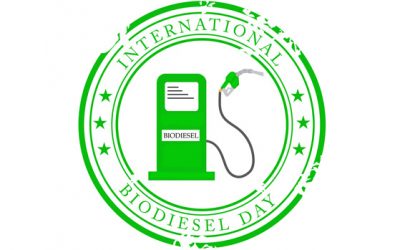
 World Biofuel Day is observed every year on 10th of August to create awareness about the importance of non-fossil fuels as an alternative to conventional fossil fuels and highlight the various efforts made by Government in the biofuel sector. Ministry of Petroleum & Natural Gas will organize World Biofuel Day on 10th August 2019 at Vigyan Bhavan, New Delhi. Minister of Petroleum & Natural Gas & Steel Dharmendra Pradhan will inaugurate the program. Minister of Health & Family Welfare, Science & Technology and Earth Sciences Dr Harsh Vardhan will be the Chief Guest of the function. This year the theme of the World Biofuel Day is “Production of Biodiesel from Used Cooking Oil (UCO).”
World Biofuel Day is observed every year on 10th of August to create awareness about the importance of non-fossil fuels as an alternative to conventional fossil fuels and highlight the various efforts made by Government in the biofuel sector. Ministry of Petroleum & Natural Gas will organize World Biofuel Day on 10th August 2019 at Vigyan Bhavan, New Delhi. Minister of Petroleum & Natural Gas & Steel Dharmendra Pradhan will inaugurate the program. Minister of Health & Family Welfare, Science & Technology and Earth Sciences Dr Harsh Vardhan will be the Chief Guest of the function. This year the theme of the World Biofuel Day is “Production of Biodiesel from Used Cooking Oil (UCO).”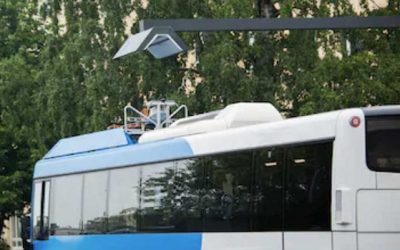

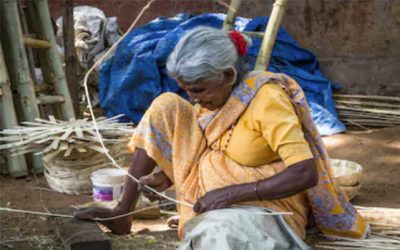

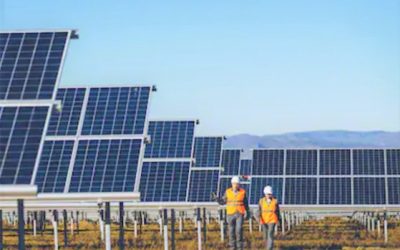

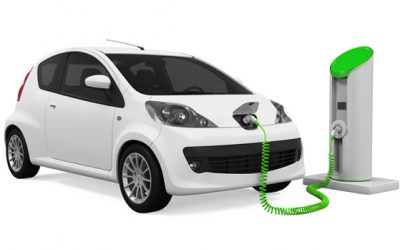
0 Comments